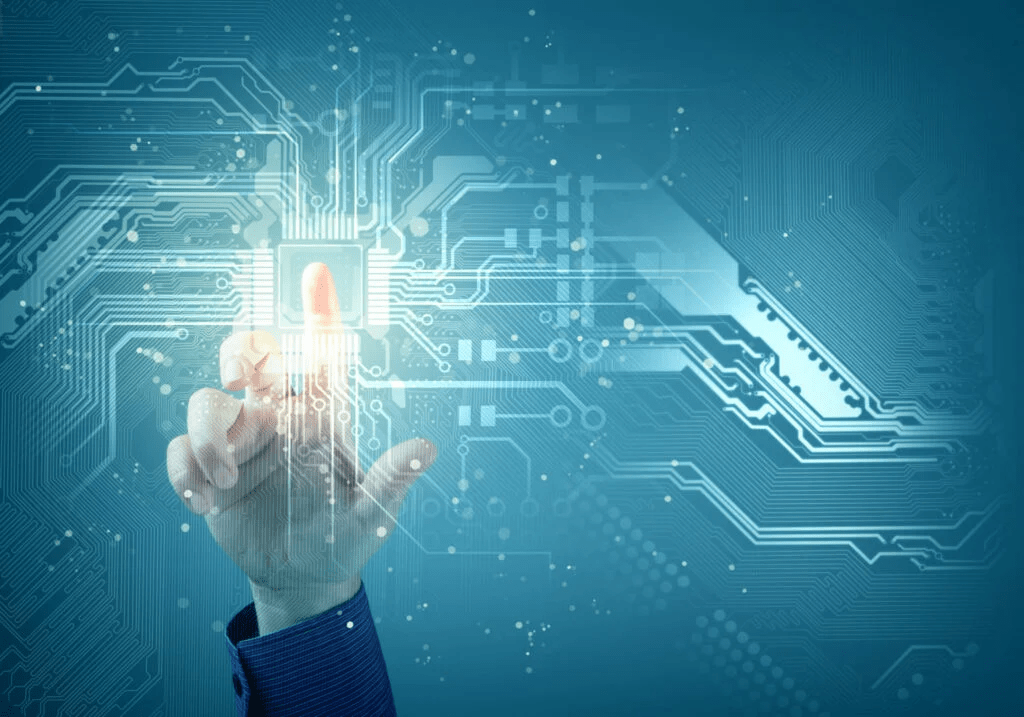Ransomware groups now operate like coordinated criminal enterprises, attacking weak identity controls, misconfigured remote access, and endpoints that organizations fail to monitor. Lakewood IT teams can no longer rely on traditional antivirus or legacy VPNs to maintain stability. Mindcore Technologies has repeatedly seen these environments collapse under real-world threat pressure.
Our innovative cybersecurity and compliance offering replaces blind trust with isolated environments, strict access governance, and complete visibility into user behavior. These capabilities shrink attack paths and stop ransomware from escalating into full operational shutdowns.
Five Key Points
• Ransomware targets identity systems, remote access gaps, and unmanaged endpoints.
• Traditional tools fail because they trust compromised user devices.
• Isolation stops lateral movement and reduces ransomware blast radius.
• Regulated Lakewood industries require stronger logging and permission governance.
• Mindcore’s innovative cybersecurity and compliance architecture delivers the hardened protections modern threats require.
5 Why’s
• Attackers bypass firewalls by stealing credentials, abusing VPN sessions, or hijacking legitimate remote access — making traditional perimeter defenses ineffective.
• Mindcore Technologies repeatedly identifies delayed patching, incomplete MFA, and remote access that trusts compromised devices, giving attackers easy initial footholds.
• Isolated workspaces prevent endpoint malware from interacting with internal systems, even if the device itself is infected.
• Regulated industries in New Jersey require consistent logs, strict identity enforcement, and complete auditability — capabilities legacy tools cannot provide.
• Without isolation, ransomware spreads across internal drives, shared folders, and servers, turning a single compromise into a full-scale shutdown.
Why Isolation Matters
Ransomware thrives when attackers can move laterally. Traditional VPNs and desktop environments implicitly trust user devices, allowing malware to reach internal systems the moment credentials are stolen.
Isolation reverses this dynamic. User sessions occur inside controlled, shielded environments where malware cannot travel beyond the boundary. Even if an endpoint is compromised, internal systems remain untouched. For Lakewood organizations, isolation is now a necessity — not an upgrade.
Why Centralized Logging and Identity Control Matter
Centralized authentication, session monitoring, and audit trails give IT teams a complete view of user behavior. Legacy environments scatter logs across devices and servers, making investigations slow and incomplete.
With a single identity and logging system, Lakewood IT leaders gain instant visibility into active sessions, privilege use, and suspicious behavior — the data needed to contain ransomware before encryption begins.
Why Isolated Workspaces Stop Device-Level Compromise
When users interact inside isolated workspaces, ransomware cannot encrypt physical devices, shared drives, or production servers. Malicious files remain fully contained.
Traditional desktop models, however, expose the entire network to whatever enters a user’s device. Isolation ensures compromise stops at the endpoint instead of spreading to operational systems.
Infobox Summary
Ransomware exploits weak identity enforcement, misconfigured remote access, and unmanaged endpoints. Mindcore Technologies deploys isolated environments with strict MFA, role-based access, and centralized logging to eliminate these attack vectors.
Lakewood IT teams gain visibility, control, and compliance alignment — essential defenses against modern extortion-based ransomware.
Why Lakewood IT Teams Are Upgrading Their Security Strategy
Modern ransomware rarely begins with complex exploits. It begins with phishing, credential theft, or minor configuration errors.
Lakewood organizations across healthcare, finance, education, and public service face increased exposure because employees connect from mixed environments, unmanaged networks, and personal devices.
Mindcore’s cybersecurity and compliance architecture removes blind trust from endpoints. All activity occurs inside a controlled, audited environment where attackers cannot move laterally or escalate privileges.
How Our Approach Strengthens Ransomware Resilience
We deploy isolated environments that separate user activity from production systems. This prevents ransomware from reaching sensitive servers even if the endpoint is infected. Organizations depending on antivirus or user behavior assume employees will detect threats — an assumption attackers exploit.
True defense comes from containment and identity governance, not reactive cleanup after systems are encrypted.
Why Endpoint Isolation Has Become Critical
Isolation blocks ransomware at the moment of detonation. Malicious attachments open in a controlled environment with no path to internal drives.
Local desktops and VPN-based access models allow ransomware to travel freely across shared folders, mapped drives, and application servers.
Eliminating lateral movement is the most effective way to prevent large-scale ransomware events.
Why Lakewood Teams Are Choosing Centralized Access and Control
Centralized access gives IT the power to enforce MFA consistently, terminate compromised sessions instantly, and review complete logs across all users.
Decentralized, device-dependent access models create blind spots attackers exploit. Visibility leads to control — and control directly enables containment.
Conclusion
Ransomware has evolved beyond the capabilities of traditional tools. Attackers now target identity systems, remote access gaps, and compromised endpoints — areas where legacy defenses consistently fail.
Lakewood organizations recover quickly only when they adopt isolated, centrally governed environments that limit access, prevent spread, and provide forensic visibility.
Mindcore Technologies continues helping Lakewood IT teams modernize their defenses with our innovative cybersecurity and compliance offering, giving them the containment, governance, and operational resilience required to withstand today’s ransomware threats.

